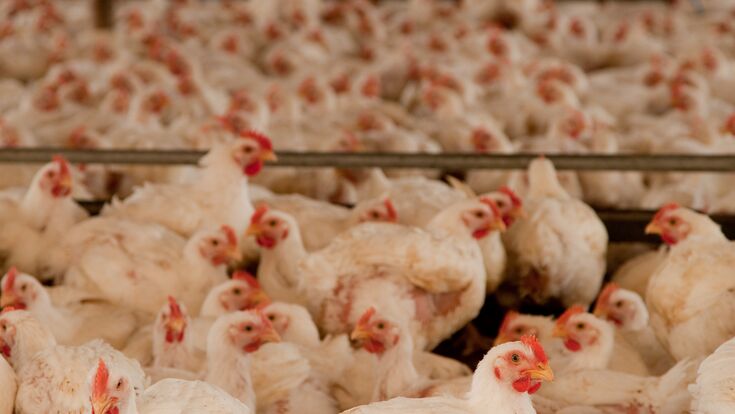Mortality Composting : Avian Flu: Resources for Composting Mortality Poultry

In late January 2022 evidence that the Highly Pathogenic Avian Influenza (HPAI) again spreads across the US emerged. HPAI can infect poultry (such as chickens, turkeys, pheasants, quail, domestic ducks, geese, and guinea fowl) and wild birds (especially waterfowl). Almost ten years after the last epidemic, this is cause for grave concerns.
Between December 2014 and June 2015 more than 50 million chickens and turkeys died of highly pathogenic avian influenza (HPAI). These birds accounted for about 12 percent of the U.S. table-egg laying population and 8 percent of the estimated inventory of turkeys grown for meat (USDA). Back then mortality composting was used successfully across the United States.
Now that already 22.8M birds have died or been destroyed to stop the spread of the flu, mortality composting again is a safe disposal method for chicken carcasses when proper procedures are followed.
The United States Composting Council (USCC) has collected resources and identified specialists among its members who are expert on these topics. Even though full-time farm operations with poultry are well aware of the issues and the composting options, hobby and backyard chicken hosts are not, the USCC says.
Note: Animal mortalities will be the topic at the Triennial Symposium on Animal Healthy Mortality and Management, June 26-30, 2022, Raleigh, NC, which is also virtual: Registration here.
